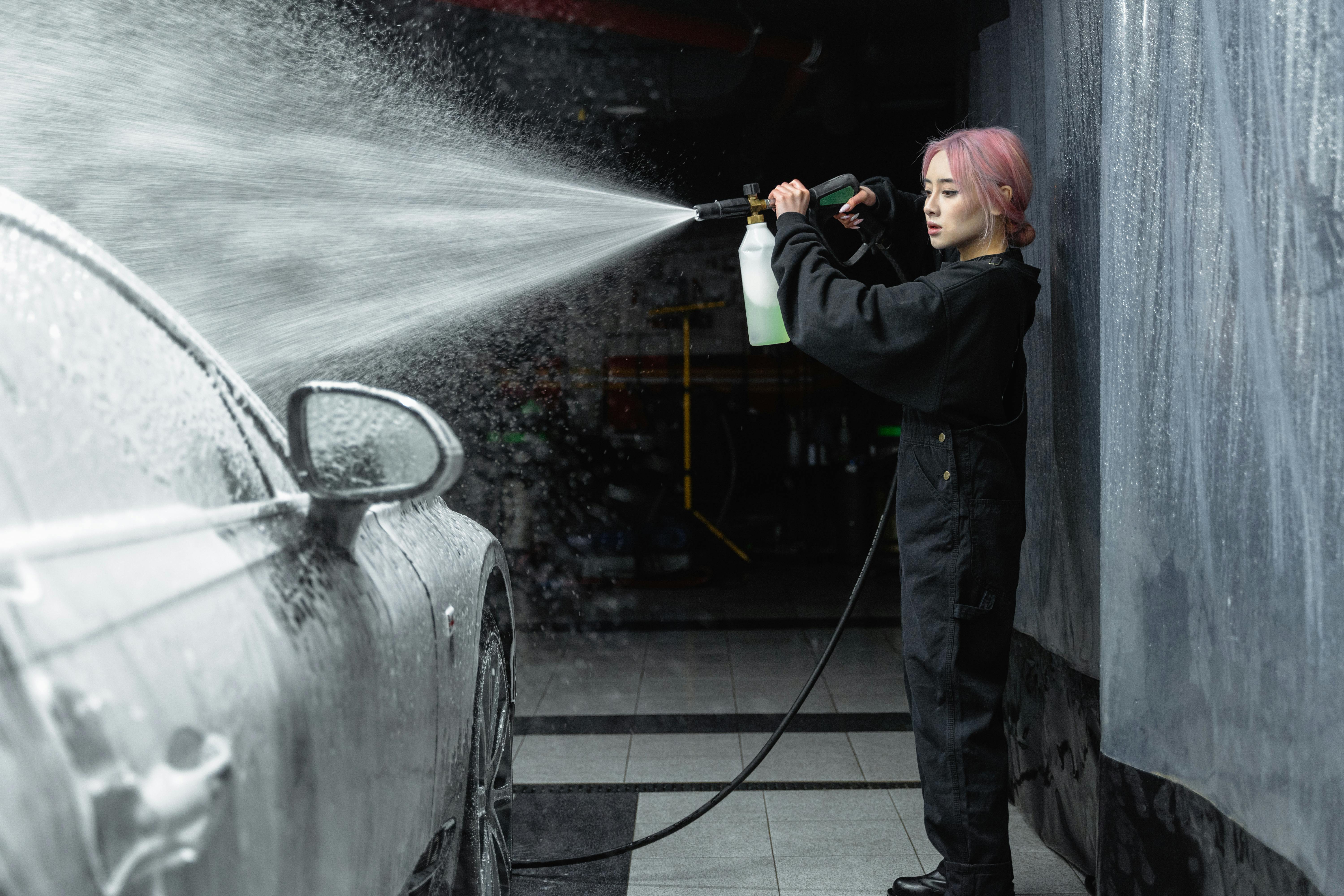Effective Ways to Make an Egg Wash for Perfect Baking
Baking enthusiasts understand that achieving the ideal finish on pastries, bread, and other baked goods often relies on a key component: the egg wash. An egg wash is a mixture used to brush on the surface of dough before baking, which enhances the color, texture, and overall presentation of the final product. Whether you are creating a golden crust for a pie, adding shine to a batch of cookies, or securing edges on pastries, mastering the art of making egg wash can elevate your baking game.
This article delves into the different egg wash techniques, recipes, and alternatives, providing you with comprehensive instructions to achieve the perfect egg wash for various baked goods. From understanding egg wash ratios to exploring dairy-free and vegan options, we will cover it all!
As we navigate through different aspects of egg wash preparation, you’ll discover tips for beginners and professionals alike, ensuring that no stone is left unturned in your quest for beautiful baked treats. So let’s get started with the fundamentals of egg wash and its myriad benefits for baking!
Understanding the Basics of Egg Wash
Before diving into techniques, it’s important to grasp what an egg wash is and how it functions in baking. An egg wash typically consists of beaten eggs alone, but variations can include milk or cream for added richness. The role of the egg wash extends beyond aesthetics; it also helps to create a barrier, sealing edges on pastries or providing a delightful sheen to breads.
What is Egg Wash?
Egg wash is primarily made from beaten eggs, usually the yolks, whites, or a combination of both. It is brushed onto the surface of dough before baking to improve appearance and texture. Egg wash can also act as an adhesive for sprinkling seeds or sugar toppings. The richness of the wash notably influences the final crust’s quality, making the understanding of egg wash instructions crucial for any baker.
Benefits of Using Egg Wash
The benefits of employing an egg wash go beyond mere aesthetics. Here are several advantages you can enjoy:
- Enhanced Color: A proper egg wash leads to a beautiful golden-brown hue that is visually appealing.
- Improved Texture: Egg wash contributes to a crispier crust and improved mouthfeel.
- Flavor Boost: The natural richness of eggs can enhance the overall flavor of baked goods.
- Adhesive Qualities: Egg wash acts as a bonding agent for toppings and prevents them from sliding off during baking.
Common Egg Wash Mistakes
Even seasoned bakers can stumble when it comes to egg washing. Common mistakes include using an overly thick or watery mixture, not allowing the egg wash to reach room temperature, and inadequate application. To avoid these pitfalls, focus on maintaining a consistent egg wash ratio and proper technique.
How to Make Egg Wash: Step-by-Step Instructions
Creating an effective egg wash is straightforward, but precise measurements will yield the best results. Here’s your guide to making the perfect egg wash for any baking project.
Basic Egg Wash Recipe
A traditional egg wash recipe usually combines one egg with a splash of milk or cream. Here’s a step-by-step guide:
- Crack one egg into a small bowl.
- Add one tablespoon of milk or cream (optional, for richer results).
- Beat the mixture until it's uniform in color.
- Optional: Season with herbs or spices for added flavor—especially useful for savory pastries!
- Use a pastry brush to apply the egg wash evenly on your dough.
Egg Wash Ratios Explained
Understanding the egg wash ratio is vital for achieving optimal results. A common ratio for pastry is one egg to one tablespoon of liquid. However, adjustments can be made depending on the size of your batch or desired consistency. Remember, a thicker wash may lead to a deeper color, while a thinner mixture is perfect for lighter finishes.
Making Dairy-Free and Vegan Egg Wash
For those avoiding dairy or animal products, there are excellent alternatives. Common vegan egg wash options include almond milk, soy milk, or aquafaba (chickpea brine) mixed with a bit of oil. Here’s how to create a simple vegan egg wash:
- Combine three tablespoons of aquafaba with one tablespoon of vegetable oil.
- Beat until the mixture becomes frothy and cohesive.
- Apply with a brush just as you would with traditional egg wash.
Creative Egg Wash Techniques and Applications
Once you've mastered the basics, it’s time to explore various egg wash techniques to elevate your baking experience. These techniques can enhance both flavor and visual appeal.
Using Egg Wash for Glazing
Egg wash glazing is particularly beneficial for pastries like croissants and tarts. The shining effect of the egg wash exemplifies the culinary skill put into preparing these treats. Brushing your pastry with egg wash before a final bake can also enhance the crust and create appealing textures.
Egg Wash with Flavors
Enhance your egg wash by incorporating flavors such as garlic powder, smoked paprika, or herbs. Each addition can cater the taste profile to complement your pastries or breads, adding an extra dimension that can delight your patrons.
Using Egg Wash for Different Types of Dough
Different types of dough can require unique egg wash methods. For example, using egg wash on bread requires a gentle touch to avoid denser doughs collapsing. Experiments with egg wash techniques across different baked goods will yield useful insights into how each responds to application.
Ultimately, understanding how to create and apply an egg wash is an essential skill for any baker. The variety of techniques and recipes available allows for creativity in the kitchen, ensuring that you’ll be able to achieve stunning results consistently.
Its part of generated content. Can i generate another part?